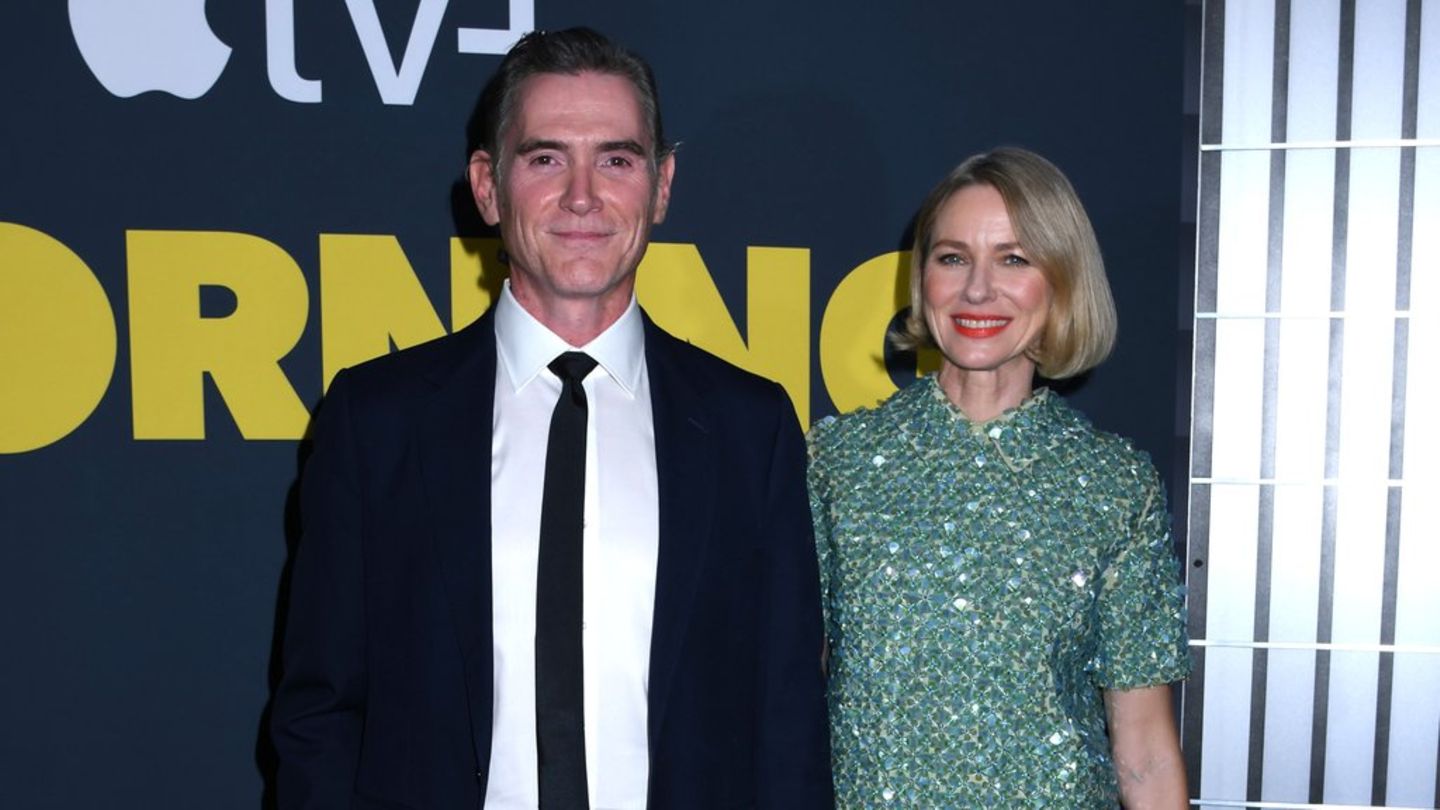Image: APA/AFP/Ed Jones
The pulsating heart of a world metropolis really looks different: Anyone walking down Third Avenue in Midtown Manhattan at the beginning of 2023 will be greeted by the absence of hustle and bustle. Especially here in the center of New York, office buildings are largely empty after the corona pandemic.
At the same time, the housing market is overburdened and rents are skyrocketing. The idea: opening up the business district for living.
Urban canyons could soon change radically – but there are obstacles. “There’s a housing crisis. New York City needs about 500,000 new housing units to keep up with demand,” says John Sanchez of the “5 Borough Housing” initiative, which aims to achieve more affordable housing in the east coast metropolis. “There are growing office vacancies and we believe there is an opportunity to turn these into apartments to deal with the crisis.”
The initiative is primarily committed to making Manhattan’s buildings accessible to New Yorkers of all classes. “It’s time Manhattan lived up to its responsibility to provide affordable housing,” Sanchez said. Tax incentives for homeowners and changes in laws restricting housing in certain parts of Midtown could ease the housing situation in New York.
$2500 for 40 square meters
The situation in New York is catastrophic: if you want to live at acceptable prices, i.e. don’t want to pay more than 2,500 dollars a month for a two-room apartment with 40 square meters, you have to search a long time. According to the real estate company DouglasElliman, the average rent in Manhattan in December was $5,243 (€4,766) – 18 percent more than in 2021. Extreme demand is faced with too little supply in the city of 8.8 million people.
At the same time, a study by scientists from Columbia University found that the increase in working from home after the corona pandemic is significantly reducing the value and revenues for office buildings. Many companies no longer need the expensive space and are reducing their area.
Parts of Midtown like Third Avenue, where mainly the rather old buildings from 1950 to 1980 stand, have it doubly difficult: companies are migrating to more modern buildings, many of them in the new district of Hudson Yards in west Manhattan.
Mayor Eric Adams therefore has an ambitious plan: “In the coming weeks, we will begin work with the aim of creating more living space, including rent-controlled apartments in Midtown Manhattan, where the current zoning only allows for production and office space,” said tell his office a few days ago.
Rigid rules, little light
20,000 new apartments could be built in the heart of New York near Times Square. An example of such a change occurred just a few kilometers away: in downtown Manhattan, on the southern tip of the peninsula, many offices were converted into luxury apartments after the attacks of September 11, 2001. But in Midtown, in addition to decades-old regulations that need to be cleared and extensive financing required, there is also a logistical problem.
Unlike downtown, the conversion of many office buildings there is difficult: they were often designed for expansive spaces where windows and thus natural light are sometimes scarce. In many buildings, it is a challenge to tailor the floor space to meet residential requirements.
Other high-rise buildings, on the other hand, could be converted relatively easily and, with the help of the city, could soon offer tens of thousands of people a new home. One of many necessary steps to counteract New York’s housing crisis – and to breathe new life into Midtown.
In any case, John Sanchez could imagine moving: If everything goes the way “5 Borough Housing” ideally envisions, there will soon be affordable housing in the middle of America’s business center. “And then my wife and I would definitely consider moving to Midtown,” he says.
Source: Nachrichten




